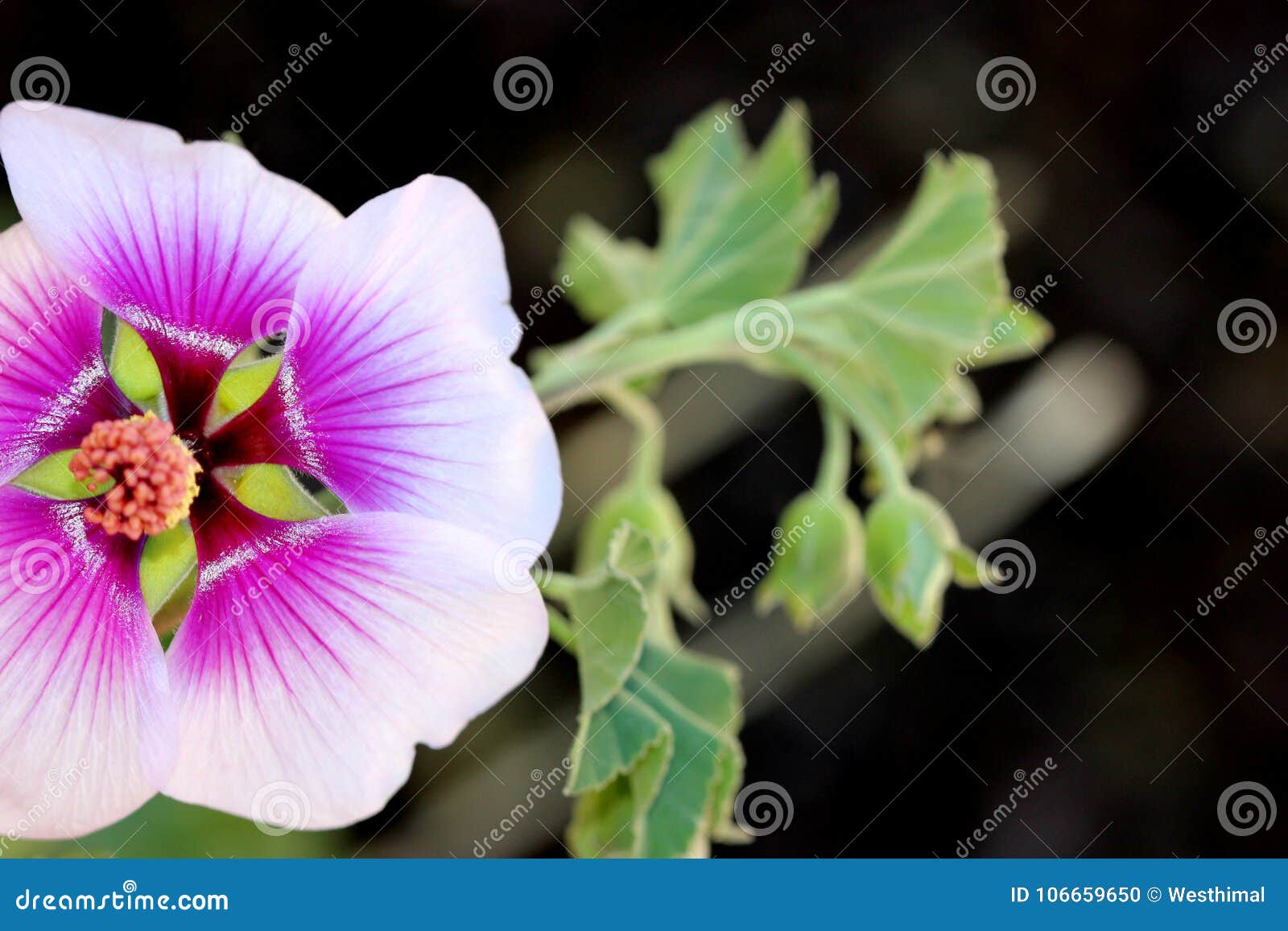

As a natural astringent, anti-inflammatory, and emollient, common mallow plants are used to soothe and soften skin.
PURPLE TREE MALLOW SKIN
The leaves were bruised, then applied to the skin to draw out splinters, thorns, and stingers too.Ĭommon mallow root extracts were used to treat tuberculosis and new studies have found it to be an effective treatment for high blood sugar. Common mallow was also used to treat wounds, toothaches, inflammations, bruises, insect bites or stings, sore throats, and coughs as well as urinary, kidney, or bladder infections.

They chewed on its tough root to clean their teeth. This is why you often see these pretty little mallows popping up along sandy driveways, roadsides, or other neglected places.Ĭommon mallow was once highly regarded as a medicinal plant by Native Americans. Common mallow plants grow from a long, tough taproot that allows them to survive in harsh, dry soil conditions, which many other plants would suffer in. Sometimes called ‘cheese weed’ because its seeds resemble cheese wheels, common mallows are self-sowing annuals or biennials. Common mallow plants flower from early spring to mid fall. Its resemblance to hollyhock is undeniable. Growing 6 to 24 inches (15-61 cm.) tall, common mallow has pink or white hollyhock-like flowers atop long stems covered in circular, wavy-edged leaves. Malva neglecta, commonly called common mallow, is in the mallow family along with hollyhock and hibiscus. Before cursing at and killing this so-called “weed,” continue reading to learn about common mallow plants in the garden. Growing wherever it chooses to, common mallow has many health, beauty, and culinary benefits.

Often considered a nuisance to many gardeners, I see common mallow ( Malva neglecta) as a beautiful, wild little treasure. Few “weeds” bring a smile to my face like the common mallow does.


 0 kommentar(er)
0 kommentar(er)
